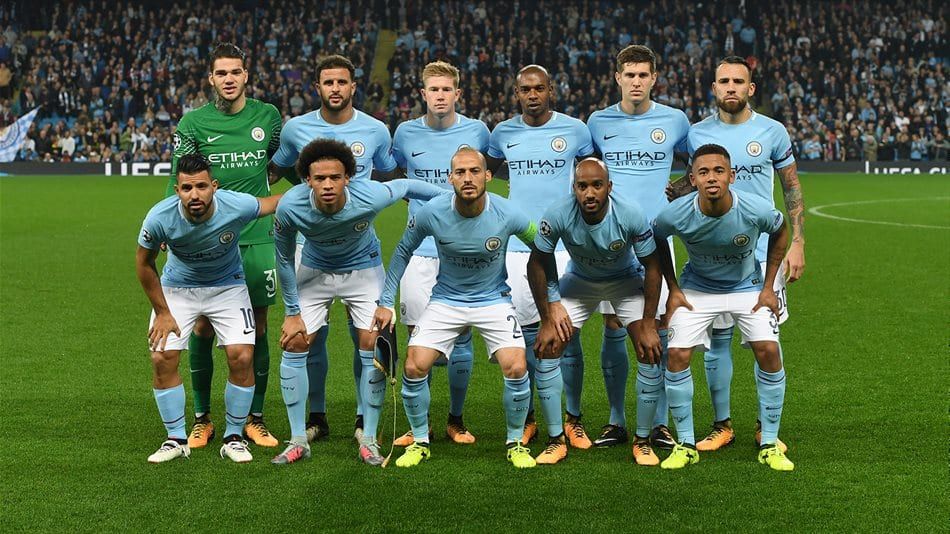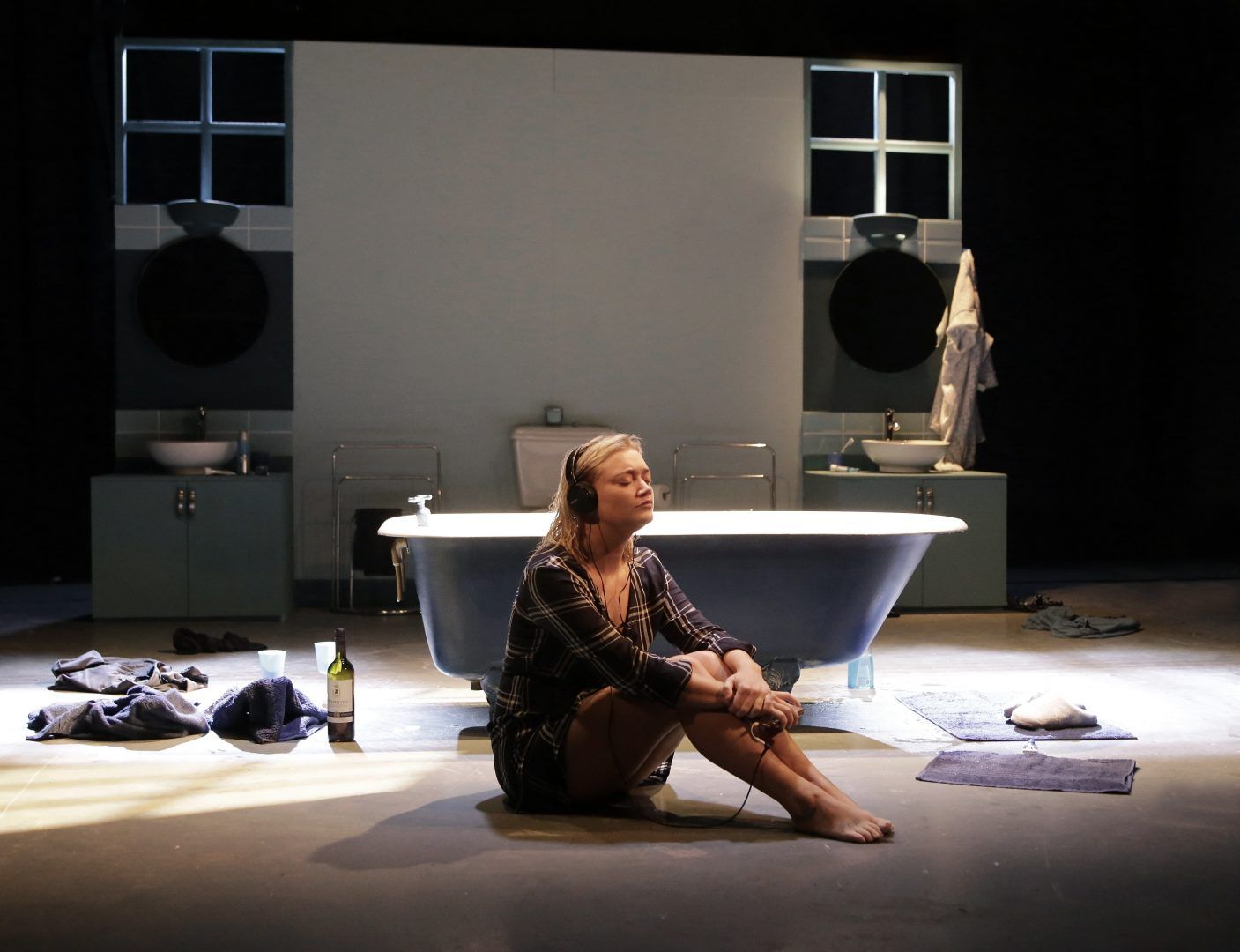Album Review: Wicca Phase Springs Eternal – Suffer On
At one point, Adam McIlee was more commonly known as the vocalist and guitarist of pop-punk band, Tigers Jaw. Since his departure from the group in 2013, however, he has become more widely recognised for his work as Wicca Phase Springs Eternal. A member of the GOTHBOICLIQUE (GBC), an emo rap collective associated with the likes of horse head and the late Lil Peep, Wicca Phase’s morose rap tracks have been gracing our ears for a while now.
The second album from the artist, Suffer On, is notably melancholic. Produced alongside other member of GBC, døves as well as Grammy-nominee Will Yip, the album combines beat-drenched intros with soft, orchestral underlays to the vocals. Each song has the heartfelt sound we have come to know and love in the likes of Wicca Phase – the combination of heart-wrenching lyrics and a deeply dark atmosphere. While the album is a remarkably short at 37 minutes, each of its songs feel emotionally draining upon first listen. It’s not necessarily an easy listen, but the core of it is the relatability that the artist manages to create. The personal struggle of Wicca Phase with his mental health issues is apparent and more relatable than ever in our current climate of mental health crisis.
The familiarity of ‘I Need Help’ and the dependency on your significant others’ mental issues can cause feelings that are tragically relatable. Similarly, ‘Does Your Head Stop’ reminds one of the cripplingly all consuming nature of depression in the lyric “It takes over totally, I think that I’m a fake in mind and body”. The sadness of someone so talented being unable to recognise this talent, is something we’ve all experienced. The importance of these horribly honest tracks must not go unacknowledged. With a male suicide epidemic, the need to address the struggle with mental health is more prevalent than ever. In his honesty, Wicca Phase derails the notion that men should be unemotional or cold.
Suffer On opens with ‘Together’, a low and blurred-sounding track that firmly establishes the album’s dark nature. A combination of guitar strings and beats runs underneath the typically gothic lyrics. The result is haunting as his vocals murmur “sad to be alive” within the chorus. This feeling is continued in the likes of ‘Just One Thing’, which seems to be one of the most typical of the GOTHBOICLIQUE collective in nature. The low beats underlie an air of romanticism, detailing the disconnection one can feel from a partner. The themes of loneliness and romance have been common within the collective – first thought brings to mind Lil Peep’s ‘Kiss’ and Wicca Phase’s own ‘IDK What Love Is’. The intensity of the loneliness felt by Wicca Phase is once more obvious in the lingering lyrics “to think that I’m alone is like my worst fear, I need you right here.”
While the majority of the album is a work of pure artistry, combining deep emotional vulnerability with trademark beats and production, it – like any piece of art – is not without its faults. The sixth track, ‘Crushed’, feels a little jarring in comparison to the others. Drawn-out vocally, the combination of long vocals and an acoustic strings background feels rather odd and ill-fitting. Despite once more being vastly relatable, the song feels weaker than the rest of the album.
However, this weakness is made up for by the following in ‘I Wake Up In Pain’. The heavy beats that stop when the vocals before kicking back in leaves a ghostly, gothic feel from the song. Perfectly creating the gothic aesthetic that Wicca Phase chases, it seems the artist’s ability to conjure a sense of dark, relentlessly melancholic sound is still as evident as ever.
The album closes with the title track, ‘Suffer On’, a low and haunting tribute that holds the album together thematically. The feeling that this is indeed all we can do, just suffer on and manage the best we can, lingers in your mind for an unsettling amount of time post-listen. A beautiful ending for a beautiful album, it appears Wicca Phase Springs Eternal’s music will have a legacy as eternal as his name.
8/10



















